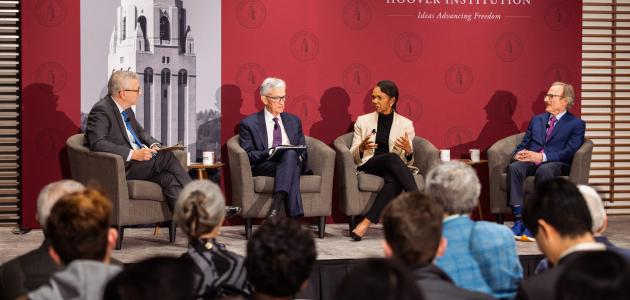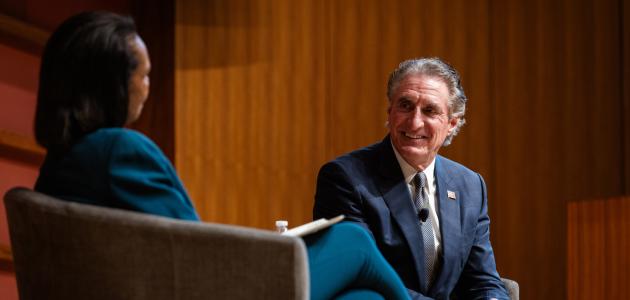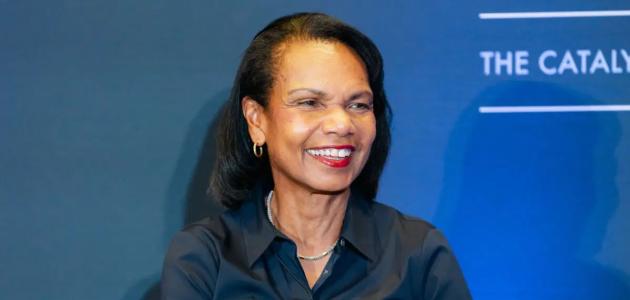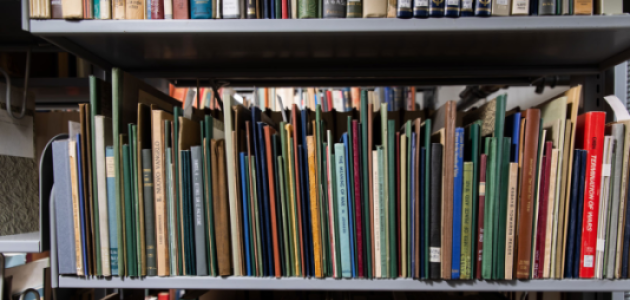A new study published in the spring 2007 issue of Education Next refutes claims that rising special education costs are draining resources from nondisabled public education students. In particular, research carried out by the University of Arkansas’s Jay P. Greene and Marcus A. Winters shows that, contrary to recent media reports, placing special education students in private schools at public expense is not causing undue harm to public school budgets.
“It is often tempting for school officials or policy analysts to blame special education for the rising costs and stagnant outcomes of K-12 education,” Greene said. “But the evidence clearly shows that special education in general and private placement in particular are not placing greater financial strains on public schools.”
Greene and Winters’s research reveals that private placement is, in fact, extremely rare, amounting to less than two-tenths of 1 percent of the almost 50 million public school students nationwide in 2004, according to data from the U. S. Department of Education. Private schools served, at public expense, just over 88,000 of the nearly 6 million students with disabilities nationally--less than 1.5 percent. Neither has the percentage of students who are privately placed increased in recent years. In 1989, 1.6 percent of students receiving services under the Individuals with Disabilities Education Act (IDEA) were educated in a private school setting.
Using data from a recent federal study on special education, Greene and Winters were able to estimate the additional cost involved in placing disabled students in private schools. According to the U.S. Department of Education’s Special Education Expenditure Project, the average cost of a private placement in 2000 was $25,580. By weighting the costs by the type of disabilities among students placed in private schools, Greene and Winters determined that the cost for an average privately placed student would have been $15,117 if he had been served in a public school. The additional cost of $10,463 per student amounts to less than one-quarter of 1 percent of the total education budget of $382 billion for that year.
Greene and Winters say that the higher cost of private placement is probably because a child is generally placed in a private school only when the disability is especially severe. Under IDEA guidelines, a student is to be placed in the least restrictive environment, so, unless the disability is severe, the child will be placed in a public school setting.
More generally, special education costs have not risen faster than the resources available for regular education. Greene and Winters found that from 1977 to 2003 spending on special education services almost doubled, as did total revenue for all public schooling, but that that money covered the special education costs of many more students. Those classified as in need of special education services increased by 76 percent. Moreover, the near doubling in special education costs has not been the result of a rise in rare and expensive disabilities, which have actually experienced a decline, but by increases in the specific learning disability (SLD) category, which is among the least costly to serve. SLD designations grew from 796,000 in 1977 to nearly 3 million in 2003. Special education costs, however, constituted roughly the same share of total public school revenue (8.3 percent) in 2003 as in 1977.
Greene and Winters acknowledge that there are some school districts and states where private placement is more burdensome. In Washington, D.C., for example, privately placed students constitute slightly more than 3 percent of enrollment (as of 2004), representing 15 percent of the school district’s budget. But Washington, D.C., is the exception, say Greene and Winters, not the rule. No other state has more than 1 percent of its students privately placed, and only four states (Connecticut, Massachusetts, New Hampshire, and New Jersey) have more than 0.5 percent of their students attending private schools at public expense.
In considering factors that may contribute to this situation, Greene and Winters point out that most D.C. schools already struggle to provide an adequate education to their students. Under federal law, disabled students are entitled to demand private schooling if local public schools cannot provide an adequate education; nondisabled students in D.C. public schools, however, do not have that option. Therefore, the high rate of private placement of disabled students in D.C. may be more a function of the quality of the public schools there than a function of special education per se, Greene and Winters explain.
Read “Debunking a Special Education Myth” in the new issue of Education Next, now online at www.EducationNext.org.
Jay P. Greene is professor of education reform, University of Arkansas, and a senior fellow at the Manhattan Institute for Policy Research. Marcus A. Winters is senior research associate at the Manhattan Institute for and doctoral fellow at the University of Arkansas.
Education Next is a scholarly journal published by the Hoover Institution that is committed to looking at hard facts about school reform. Other sponsoring institutions are the Harvard Program on Education Policy and Governance and the Thomas B. Fordham Foundation.
Research refutes claims that special education students placed in private schools are draining public education resources















